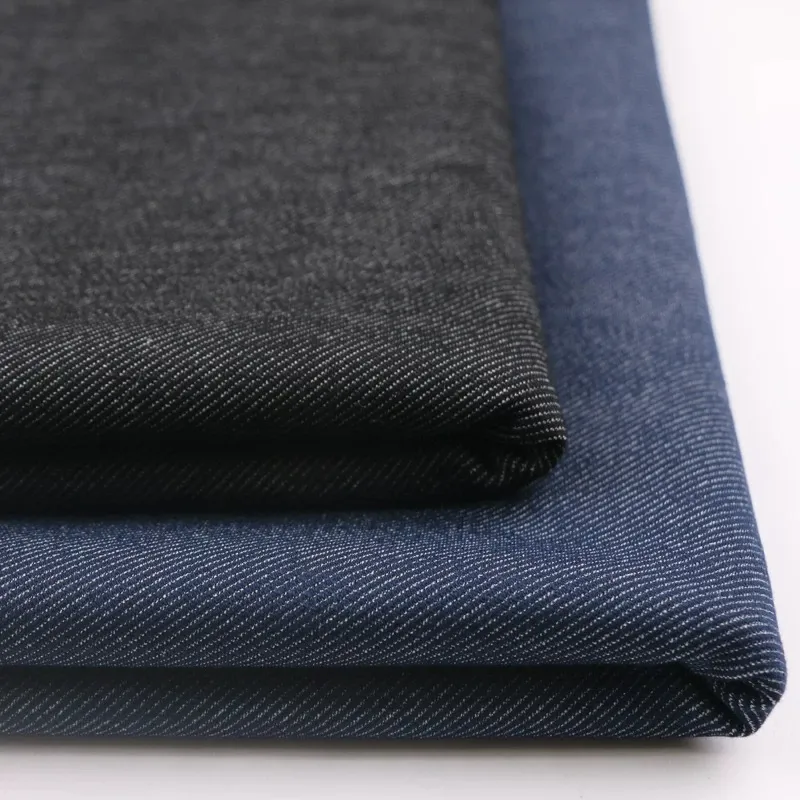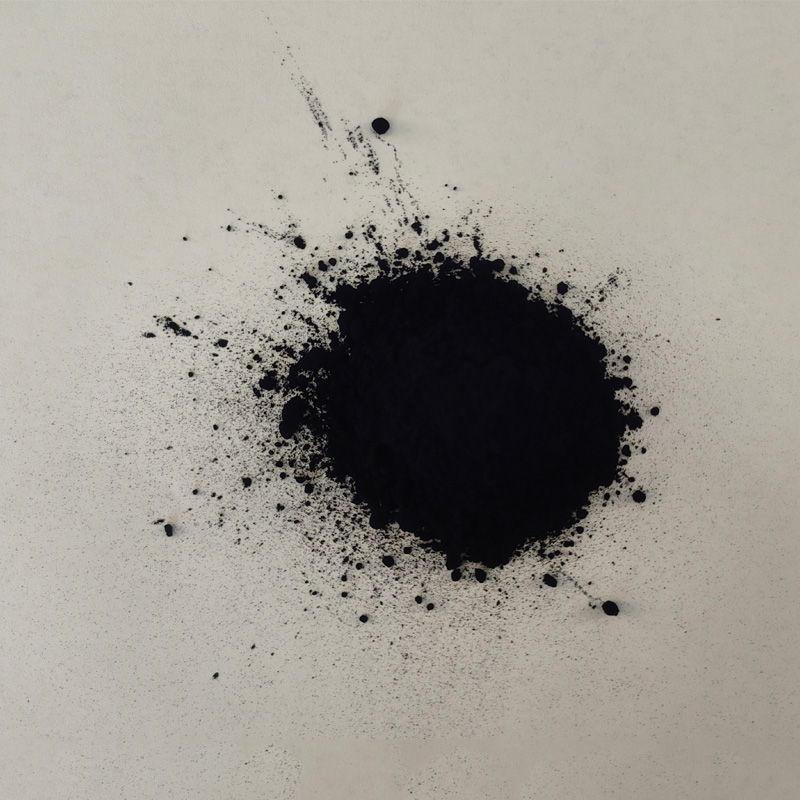
- African
- ئالبانىيە
- Amharic
- ئەرەبچە
- ئەرمىنىيە
- ئەزەربەيجان
- Basque
- بېلورۇسىيە
- Bengali
- Bosnian
- بۇلغارىيە
- Catalan
- Cebuano
- كورسىكان
- كىرودىيە
- چېخ
- Danish
- گوللاندىيە
- ئىنگىلىزچە
- Esperanto
- ئېستونىيە
- فىنلاندىيە
- فىرانسۇزچە
- Frisian
- Galician
- گرۇزىيە
- German
- گرېتسىيە
- Gujarati
- ھايتى كرېئول
- hausa
- hawaiian
- ئىبرانىي تىلى
- ياق
- Miao
- ۋېنگرىيە
- ئىسلاندىيە
- igbo
- ھىندونېزىيە
- irish
- Italian
- ياپون
- Javanese
- Kannada
- kazakh
- Khmer
- رىۋاندا
- كورېيە
- كۇرد
- قىرغىزىستان
- TB
- لاتىنچە
- Latvian
- لىتۋانىيە
- لىيۇكسېمبۇرگ
- ماكېدونىيە
- Malgashi
- مالايسىيا
- Malayalam
- Maltese
- Maori
- Marathi
- موڭغۇل
- بېرما
- نېپال
- نورۋېگچە
- نورۋېگچە
- Occitan
- پۇشتۇ
- پارسچە
- پولشا
- پورتۇگال تىلى
- Punjabi
- Romanian
- رۇسچە
- Samoan
- شوتلاندىيە گال تىلى
- سېربىيە
- ئىنگىلىزچە
- Shona
- سىندى
- Sinhala
- سلوۋاكىيە
- سىلوۋېنىيە
- سومالى
- ئىسپانچە
- Sundanese
- Swahili
- شىۋىتسىيە
- Tagalog
- تاجىك
- تامىل
- تاتار
- Telugu
- تايلاند
- تۈرك
- تۈركمەنلەر
- ئۇكرائىنا
- ئوردۇچە
- ئۇيغۇر
- ئۆزبېك
- ۋېيتنام
- Welsh
- ياردەم
- Yiddish
- يورۇبا
- Zulu
Black Sulfur Elevates Material Durability
The intersection of chemistry and craftsmanship has positioned گۈڭگۈرت قارا بوياق, black sulfur, and sulfur dyed denim as pillars of modern material science. Historically, گۈڭگۈرت قارا بوياق were prized for their cost-efficiency in industrial textiles.ulfur dyed denim exemplifies this duality of function and fashion. Unlike conventional indigo, which fades unevenly, sulfur dyed denim maintains its rich, gradient hues through years of wear, thanks to deep fiber penetration by گۈڭگۈرت قارا بوياق. Innovations like laser-fading technology further reduce environmental impact, aligning with circular fashion principles. For instance, Nudie Jeans’ “Reuse” collection employs recycled sulfur dyed denim to minimize waste.
This synergy of tradition and innovation underscores a pivotal shift: sustainability is no longer optional but foundational.

The Science of Sulphur Black Dyes in Textile Longevity
Sulphur black dyes are pivotal in enhancing the durability of textiles, particularly in industrial and fashion applications. These dyes form covalent bonds with cellulose fibers, creating a robust molecular structure resistant to wear, washing, and UV exposure. Unlike reactive dyes, which fade over time, گۈڭگۈرت قارا بوياق penetrate deeply into fabrics like cotton and rayon, ensuring color retention even after 50+ washes. For instance, denim manufacturers leverage گۈڭگۈرت قارا بوياق to achieve the iconic "lived-in" look while maintaining fabric integrity. Innovations in dye chemistry, such as pre-reduced formulations, further reduce water and energy consumption, aligning durability with sustainability.
Black Sulfur: A Cornerstone of Industrial Material Science
Black sulfur plays a critical role in strengthening materials beyond textiles. In rubber production, sulfur vulcanization cross-links polymer chains, enhancing elasticity and heat resistance—essential for tires and industrial seals. Similarly, black sulfur is used in asphalt mixes to improve road durability against temperature fluctuations. Recent studies show that sulfur-infused concrete reduces cracking by 30%, extending infrastructure lifespan. By integrating black sulfur into composite materials, industries achieve cost-effective, long-lasting solutions without compromising performance.
Sulfur Dyed Denim: Where Style Meets Resilience
Sulfur dyed denim has revolutionized the fashion industry by combining aesthetics with endurance. The dyeing process involves immersing denim in گۈڭگۈرت قارا بوياق to create gradient effects, from deep blacks to faded grays. Unlike traditional indigo, sulfur dyed denim resists crocking (color transfer) and maintains its hue through rigorous use. This technique for workwear and premium jeans, catering to consumers who prioritize both style and longevity. Advances in eco-friendly sulfur dyed denim processes, such as laser fading, further reduce water use by 70%, proving sustainability and durability can coexist.
Environmental Impact of Black Sulfur Applications
While black sulfur enhances material durability, its environmental footprint requires careful management. Traditional sulfur dyeing generates sulfur-rich wastewater, which can harm aquatic ecosystems if untreated. Modern solutions include bio-remediation systems that employ sulfur-oxidizing bacteria to neutralize pollutants. This dyeing technologies adopted recycle گۈڭگۈرت قارا بوياق and water, slashing waste by 60%. Additionally, sulfur dyed denim produced with organic cotton and low-impact dyes meets Global Organic Textile Standard (GOTS) certification, appealing to eco-conscious shoppers.
FAQs on Black Sulfur and Material Durability
How do sulphur black dyes improve fabric lifespan?
Sulphur black dyes form stable covalent bonds with fibers, resisting fading and abrasion even under heavy use.
Can black sulfur be used in eco-friendly products?
Yes, modern black sulfur applications incorporate closed-loop systems and bio-remediation to minimize environmental harm.
Why choose sulfur dyed denim over traditional indigo?
Sulfur dyed denim offers superior color retention and reduced water usage, making it durable and sustainable.
Is sulfur dyed denim safe for sensitive skin?
When processed with organic dyes and thorough rinsing, sulfur dyed denim meets standards for skin safety.
What industries benefit most from black sulfur?
Textiles, construction, and automotive sectors rely on black sulfur for cost-effective, long-lasting material solutions.
Under the global trend of pursuing sustainability and durability, black sulfur is becoming the core of cross-industry innovation. Take sulfur dyed denim as an example. This process deeply penetrates the fibers with sulfur through sulfur dyed black dye, not only endowing the denim with a unique retro texture, but also significantly enhancing the fabric's tear resistance and color fastness, making it durable and wear-resistant, and reducing the waste of resources caused by frequent replacement. In the infrastructure field, black sulfur is used to strengthen concrete and asphalt, enhance their corrosion resistance, extend the service life of roads and Bridges, and address the challenges of extreme weather.
The environmental protection benefits are equally remarkable. Compared with traditional chemical dyes, sulfur black dyes reduce water pollution and energy consumption. Black sulfur also supports the circular economy in industrial applications, such as the recovery of sulfur compounds for reproduction.
Choosing sulfur dyed denim ۋە black sulfur technology can not only enhance product competitiveness but also practice sustainable development. Connect with certified suppliers immediately to get customized solutions - from high-performance sulfur-dyed fabrics to industrial-grade sulfur-based building materials, helping you stand out in the market.
-
Denim Indigo Dye Supports Sustainable Fashion
خەۋەرلەرAug.28,2025
-
The Alchemist's Indigo: A Forgotten Dye Of The Ancient World
خەۋەرلەرAug.28,2025
-
Sustainable Sulphur Black Dyeing: Eco-Friendly Methods For Textile Factories
خەۋەرلەرAug.28,2025
-
Sulfur Black Dyes: The Superior Choice For Industrial Applications
خەۋەرلەرAug.28,2025
-
Indigo Blue: History And Cultural Significance
خەۋەرلەرAug.28,2025
-
Global Sulphur Black Suppliers: Market Trends And Future Demand
خەۋەرلەرAug.28,2025
-
Agriculture And Natural Dye Sources: Fabric With Indigo Grains
خەۋەرلەرAug.28,2025

گۈڭگۈرت قارا
1.Name: sulphur black; Sulfur Black; Sulphur Black 1;
2.Structure formula:
3.Molecule formula: C6H4N2O5
4.CAS No.: 1326-82-5
5.HS code: 32041911
6.Product specification:Appearance:black phosphorus flakes; black liquid

Bromo Indigo; Vat Bromo-Indigo; C.I.Vat Blue 5
1.Name: Bromo indigo; Vat bromo-indigo; C.I.Vat blue 5;
2.Structure formula:
3.Molecule formula: C16H6Br4N2O2
4.CAS No.: 2475-31-2
5.HS code: 3204151000 6.Major usage and instruction: Be mainly used to dye cotton fabrics.

Indigo Blue Vat Blue
1.Name: indigo blue,vat blue 1,
2.Structure formula:
3.Molecule formula: C16H10N2O2
4.. CAS No.: 482-89-3
5.Molecule weight: 262.62
6.HS code: 3204151000
7.Major usage and instruction: Be mainly used to dye cotton fabrics.
